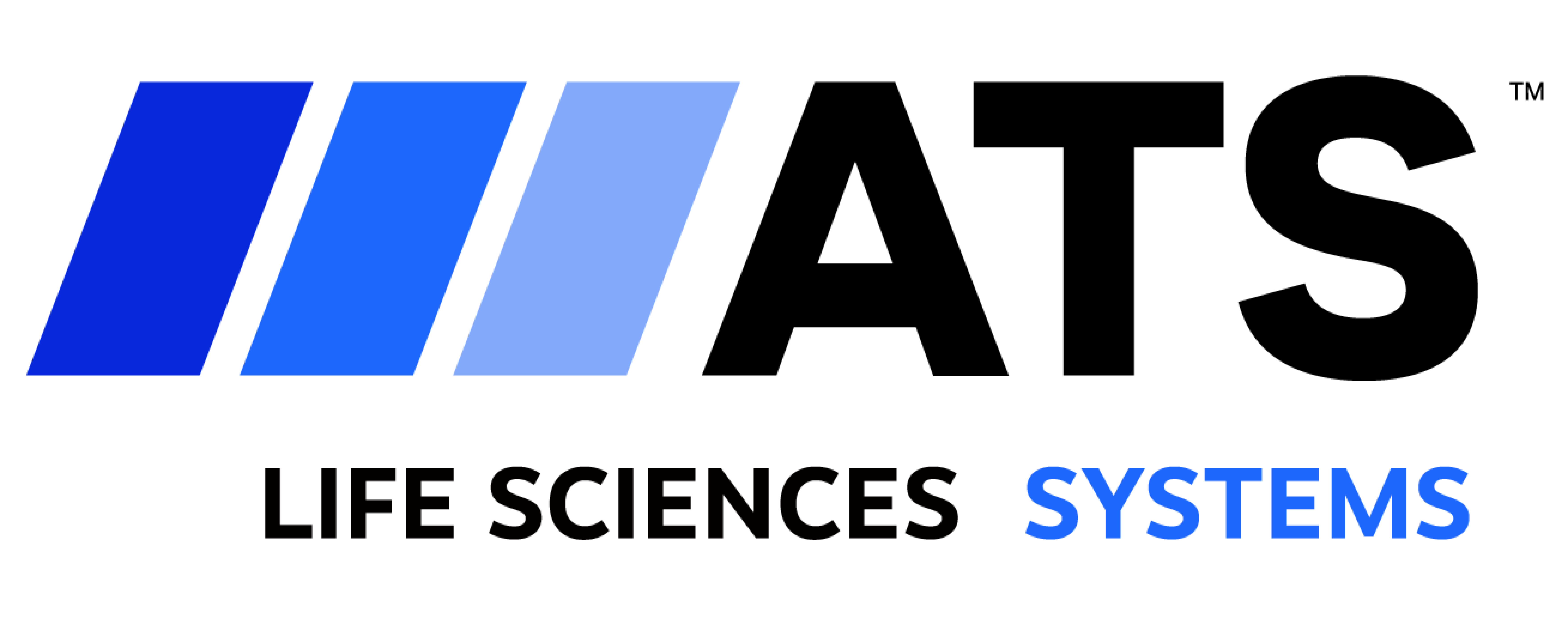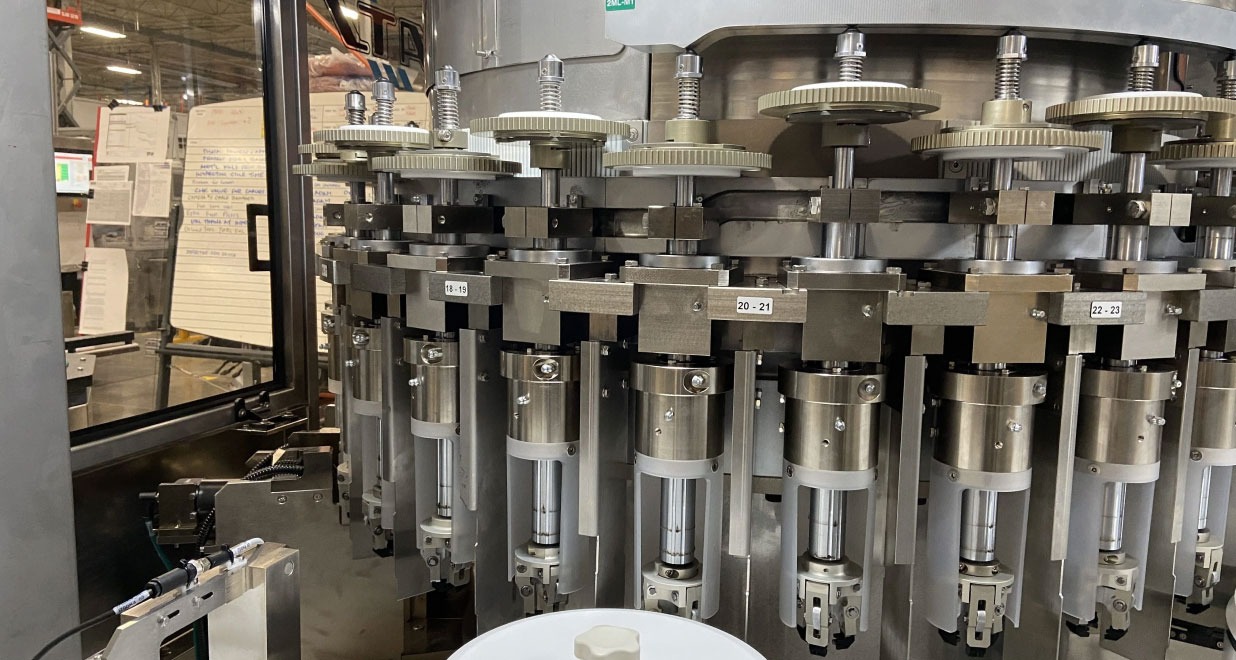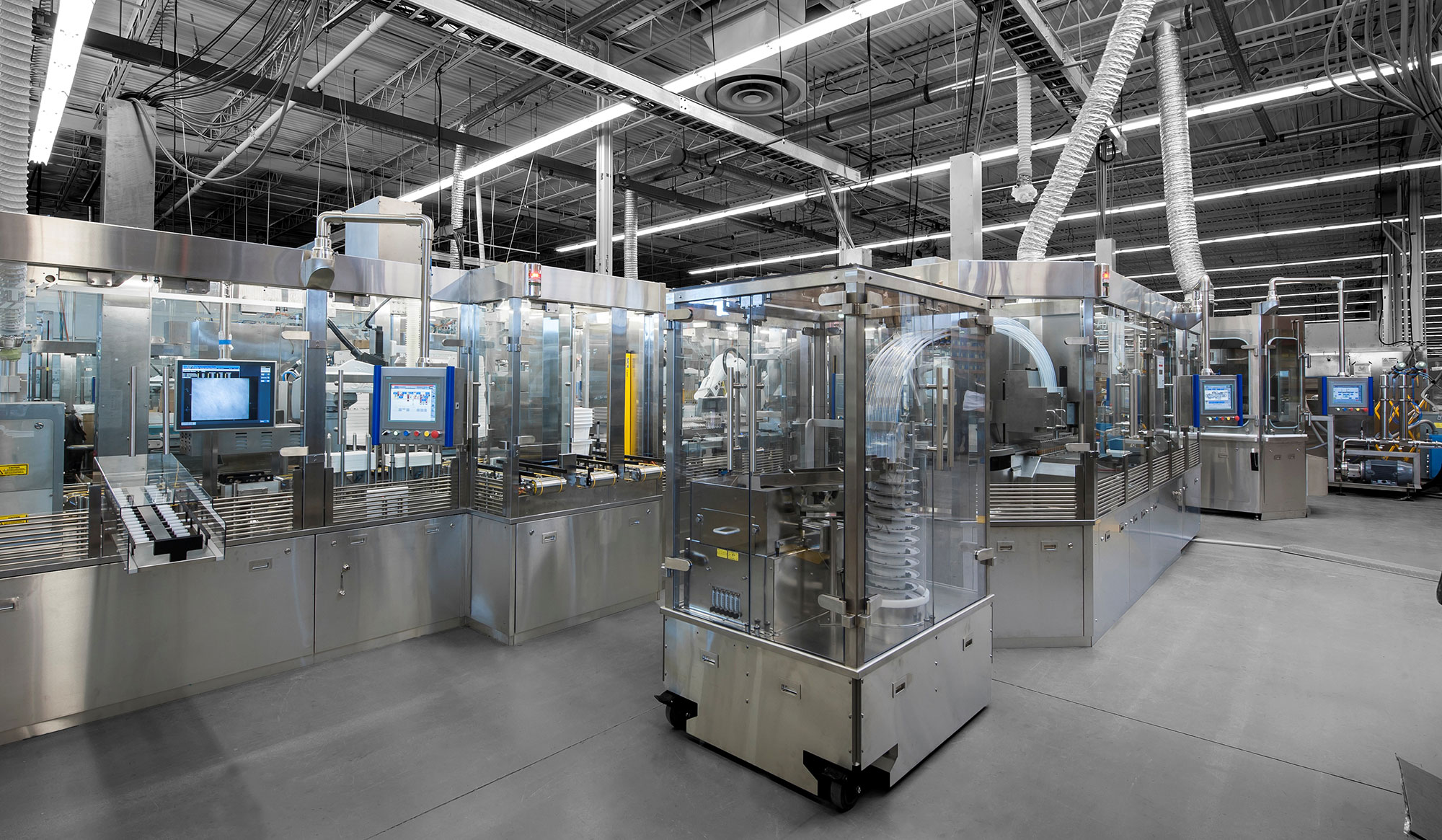Complex Cytotoxic Syringe Assembly
Solution for Aseptic Filling and Handling of Liquid and Cytotoxic Powder
Our customer, a global pharma company, is a producer of a cancer drug containing both a liquid and a powder that is delivered via syringe. Their existing assembly process was outdated, required staff in full PPE garb in cleanrooms, and was not Class A. They wanted an automated aseptic filling, handling and packaging line that included containment of APIs in the form of a liquid and a cytotoxic powder, and that was capable of increasing production capacity.
Initially the request was for two separate machines: one that could produce a syringe line and a second that would handle vials. After consultation with the experts in the ATS LS Group, we were able to present a hybrid concept, merging the two processes and delivering a single end-to-end solution capable of changing formats from one to the other, quickly and efficiently. Despite greater complexity, the revamped proposal was less costly and mitigated risk to both the product and to operators.
THE PROBLEM
The pharma company had been operating their production process under laminar flow within highly-classified areas. The powder API is cytotoxic (harmful if inhaled), so operator safety was paramount; however, the stringent regulator guidelines, the cost of and time to don protective garbing (not all of which could be reused), and the number of operators required to cycle through resulted in less productive uptime per person. The customer wanted to close and automate the entire production process under grade A containment to resolve these concerns and accommodate increased capacity for production of their cancer therapy.
THE SOLUTION
Drawing on the skills of the LS Group ATS built the largest system in the world for end-to-end processing.
The complete line was built in parallel at ATS LSS in Cambridge, Ontario, and at Comecer in Italy for schedule efficiency (automation and isolation). The integrated project was FATed at Comecer where the isolator sections were added to the automation line; the meticulous design meant a perfect fit resulting in the highest standards of cleanliness and efficiency in pharmaceutical production. The end-to-end fill finish line is composed of several key stages, each dedicated to a specific part of the manufacturing process:

Washing and Depyrogenation: This initial process receives the syringes and vials in bulk, ensuring they are free from pyrogens. The process uses advanced techniques to remove contaminants that could compromise the safety and quality of the pharmaceutical product.
Liquid Filling and Stoppering Chamber: The next process involves aseptic filling of the syringes with liquid pharmaceutical products. This chamber maintains stringent aseptic conditions while precisely dispensing the API; the stoppering of syringes also happens within the chamber.
Chamber for Rack Preparation for Sterilization: Following filling and stoppering, the product is prepared for sterilization. Inside the isolator, the delicate process of rack preparation ensures the products are positioned correctly for the next sterilization phase.
Chamber with Two Large Autoclaves: The chamber is equipped with two autoclaves ensuring the products are sterilized, eliminating any potential microbial contamination, a critical step in pharmaceutical manufacturing.
Chamber for Rack Unloading: Rack unloading is handled in a controlled environment to maintain the sterility of the products.
Powder Filling Chamber: The powder for the cancer drug is extremely cytotoxic meaning the isolator design demanded features for OEB5 handling and filling. This dedicated chamber provides a contamination-free environment for adding the pharmaceutical powder to the vials or syringes eliminating risk to human operators.
Final Assembly and Air Washing: Assembly of the needles to the syringes and capping of the vials is followed by air washing to ensure the removal of any residual particles or contaminants.
Final Packaging: The end-to-end line includes final packaging of the customer’s pharmaceutical product, concluding the assembly and handling with secure packaging, ready for distribution.
THE RESULTS
The implementation of automated pharmaceutical manufacturing resulted in the elimination of manual processes and the risk to human operators in cleanrooms, and elevates the production process to meet OEB5 handling and filling requirements in a Class A environment. As a result of engaging with the ATS LS Group, our customer is now operating a highly efficient end-to-end production line that meets the demand for their cancer therapy, meeting their goal of bringing life-transforming medicines to cancer patients worldwide.

Automated end-to-end production for aseptic filling and handling of a pharma product
A hybrid solution for the handling of a liquid and a powder and assembly of a syringe in a Class A environment
More Case Studies
BROCHURE
Your Pharma Projects, Our Proven Automation Solutions
Are you a pharma manufacturer? Learn about how we can help you with your project
BROCHURE
Your Medtech Projects, Our Proven Automation Solutions
Are you a medical device or diagnostic manufacturer?Learn about how we can help you with your project
Fact Sheet
Standard Autoinjector Manufacturing System
Pre-engineered for lower design costs and faster delivery; suitable for any common three-piece autoinjector







 Contact Us
Contact Us  Subscribe
Subscribe  LinkedIn
LinkedIn  Youtube
Youtube